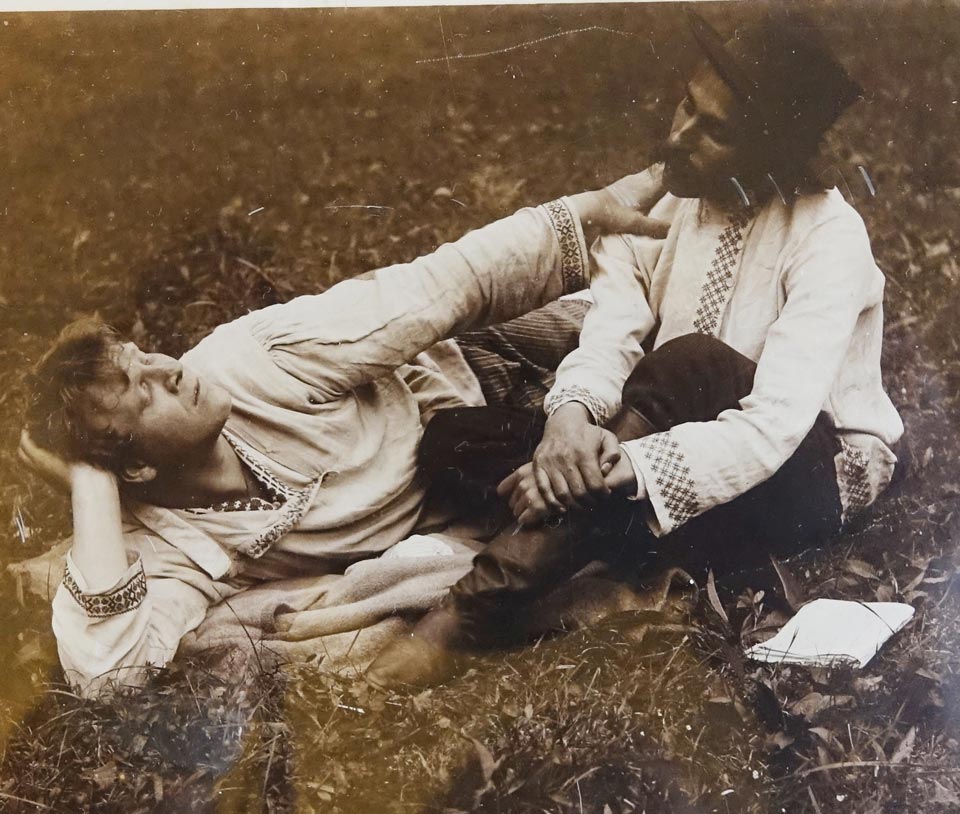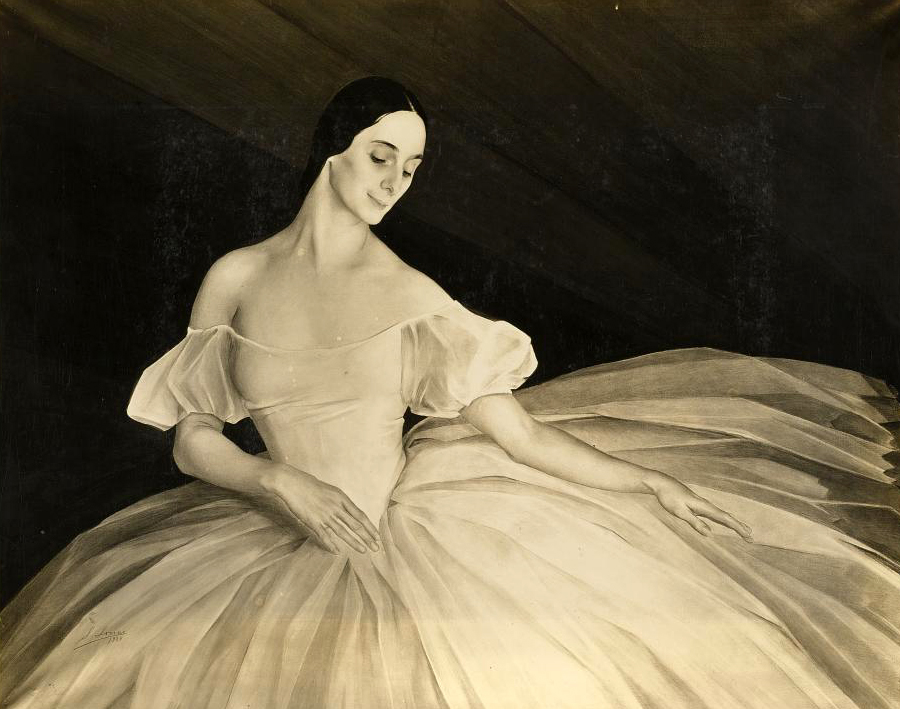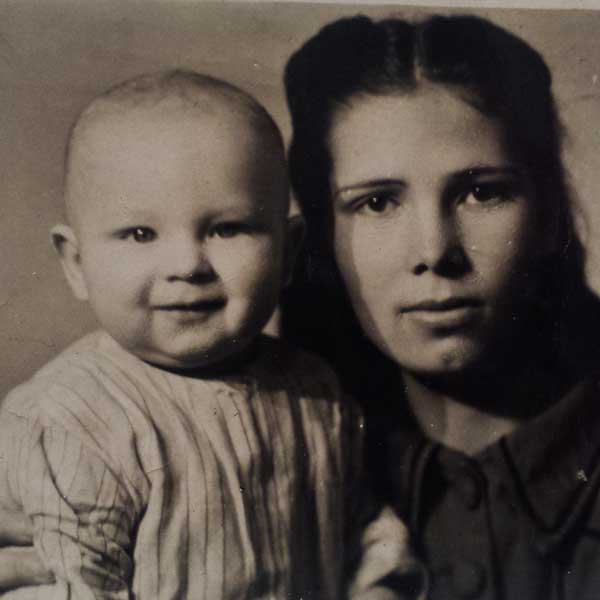Background
The film about Savely Sorine was created to overcome the paradox: Sorine was considered as one of the leading portrait painters of the first half of the twentieth century in Europe and America, but he remained completely unknown in his homeland at the same time. Savely Sorine created a whole galaxy of unique portraits of Russian and other countries representatives, most of them were people who brought glory to Russian culture.
Savely Sorine became famous due to his special method of creating portraits. He paid special attention to the psychological structure of the model’s personality along with its appearance. He painted the “soul” of a person. The works of Savely Sorine adorns the main museum’s collections of different countries. According to the famous art critic Alexandre Benois, they are “an art monument of the twentieth century”.
The biography of Savely Sorine and his creative path are worthy of novels, but not a single book was published. Moreover, there is not a single film.
Savely Sorine was born in a very religious family of a poor Jewish tailor in Polotsk in 1878. The boy was forbidden to draw and to study at school, therefore he left home at the age of 15. Savely Sorine was wandering and reached Odessa, where he was enrolled in the Drawing School of the famous artist Kyriak Kostandi, who became his mentor. Later Savely was enrolled in the Imperial Academy of Arts, where he studied and graduated in 1908 with a Gold Medal. He was one of Ilya Repin’s favorite students. Savely Sorine was sent to improve his mastery in France and Holland at the expense of the imperial court. There he acquainted with the main trends of the painting, plunged into culture and history, acquainted with many artists of Paris of that time. After returning to his homeland, Savely Sorine started his career as a professional portrait painter, performing custom portraits to perfect his skills.
He developed the understanding of the art form completeness that arose from European classical traditions and Russian classical and chamber portrait.
Savely Sorine left Petrograd during the October Revolution in 1917, but he did not know that he was leaving his homeland forever.
Paris 1920-1939. After the Crimea, Savely Sorine got in Paris exile, where he started from scratch and became one of the best portrait painters in Europe. There was a queue of rich, noble, and successful people of art and politics to his easel.
The news about the Russian portrait painter reached the Royal Court of Great Britain. Savely Sorine was invited to Buckingham Palace. He created such a charming image of the future Queen Elizabeth of England that this portrait was declared “a world masterpiece and the most poetic depiction of Her Majesty ever painted by the artist”.
During the European period, Savely Sorine created the famous portraits of Feodor Chaliapin, Anna Pavlova, queens of Great Britain and their families, rulers of India, Yugoslavia, and Monaco, and many artists – mostly of Russian origin. He participated in exhibitions in Europe, including Stockholm (1931) and United States.
United States 1939. During the Nazi invasion, Savely Sorine was in mortally danger in Europe because of his Jewish origin, so he left to the United States.Thanks to Savely Sorine natural talent and ability to work, Sorine excelled in the United States. During the war, Savely Sorine sent paints and canvases to help Russian artists. He also made several financial contributions to the Soviet Army Assistance

Film status
Several interviews have been filmed with Vladimir Sorine, the artist’s niece Ilana Sorine in Israel, in museums of fine arts in Sevastopol and Ekaterinburg, as well as antique collections, which contain paintings by Savely Sorine. There is material filmed at the exhibition at the Royal Gallery of London and at the exhibition of Savely Sorine in Moscow in 2018. In the archives we found film material about how Ann Sorine had transferred the Savely Sorine’s paintings to Moscow in 1974. Organization of Savely Sorine exhibition in Donetsk is filmed in June 2020.
Documentary film 60 min
Production year 2022
Director Tamara Sushko
Synopsis Vladimir Sorine

The artist legacy
Savely Sorine was a very noticeable person in the first wave of emigration. He found recognition in France and the United States. The most prestigious museums bought his works. Savely Sorine had many connoisseurs and customers.
However, there was no country that recognized Savely Sorine as its own painter and included him to the list of the great artists after his death. He was not included to the list of so-called Paris school artists. He did not even appear in the list of prominent American artists. He should be included in the list of outstanding Russian painters due to his pre-revolutionary works. It would undoubtedly happened if he had died in 1918. However, Savely Sorine did not die in the right time. He emigrated, so he was undesirable for the Soviet officialdom. Maybe such an attitude was a historical misunderstanding.
Savely Sorine bequeathed to keep his best works in Russian museums. His widow brought the artist’s works to the USSR according to his last will. Thirty paintings, which were already distributed among the museums, remained in the USSR, but only a small part of them ended up in the museums storerooms. The rest paintings were sent back and the artist’s name again plunged into oblivion.

Film composition and method
The film genre will be investigation. Deep examination and immersion to the aesthetics of Savely Sorine’s portraits will be one of the film methods.
Experts will help to analyze the best portraits in terms of portraiture, the era influence and the artist’s biography.
The film will unfold at the “exhibition”. Portraits and paintings will come to life, telling the story how Savely Sorine created his unique talent and method, adventures of his extraordinary biography. They will be fulfilling the main tasks of the film to revive the fame of the famous and undeservedly forgotten artist and to include him into the list of Russian great artists.







